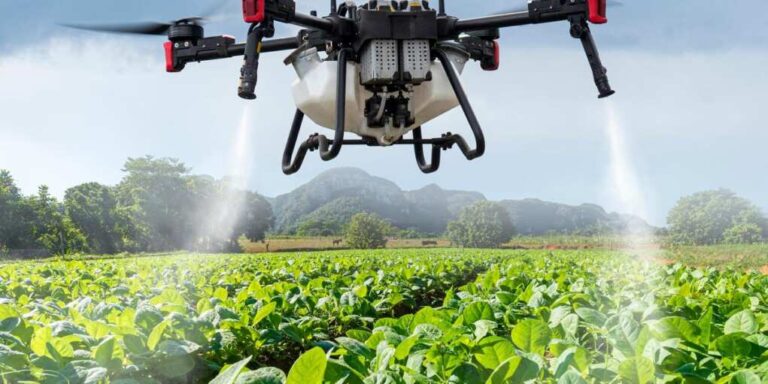
It wasn’t long ago that dairy farming meant grueling hours, early mornings, and absolutely no days off. Cows don’t care if it’s Christmas—they need milking, morning and evening, every day. But thanks to new advances in agricultural robotics, the image of a farmer tethered to a milking stool is giving way to something entirely different: a barn full of cows and not a human in sight.
That’s because robotic systems are now doing the work—and doing it better, faster, and more consistently. These autonomous machines milk the cows, feed them, and even clean up the barn, creating an environment that’s not only more efficient but surprisingly cow-friendly.
And here’s the kicker: the cows love it.
On these so-called “smart farms,” cows are free to decide when they want to be milked. That means instead of being forced into a strict two-a-day routine, they often choose to be milked more frequently—boosting comfort and, importantly, production. Experts say this self-managed milking schedule can increase milk output by around 10 percent.
The concept isn’t new, but it’s rapidly gaining ground. Lely, a Netherlands-based agricultural robotics company founded in 1948, introduced its first “Astronaut” robotic milking system in the 1990s. Today, the company focuses exclusively on developing high-tech solutions for dairy farming and has deployed over 135,000 robotic units worldwide. Their robots handle everything from milking to feeding to barn cleaning.
And while some of this technology has been around for a few decades, it’s only now becoming widespread and fully integrated into daily operations, thanks to new affordability and precision engineering.
The benefits aren’t just measured in gallons of milk. Animal welfare experts note that stress levels among cows drop dramatically in these environments. Happier, healthier cows mean fewer health issues, fewer antibiotics, and higher quality milk. That’s a win for everyone—from the farmer to the consumer.
Of course, any seasoned farmer could name a few other chores they’d gladly hand off to a robot.
Feeding, for instance. Hauling hay, grain, and silage is hard, messy work. Imagine a humanoid robot that could take over those tasks—using shovels, pitchforks, and feed buckets—without the risk of injury or fatigue. It’s not a pipe dream anymore. The same goes for one of the least glamorous jobs on any farm: manure management. As one RedState contributor joked, “I’d rather shovel manure than enter politics—it’s honest work, and it smells better.” And if a robot can take that over? Even better.
Sure, some things still require a human touch. Delivering a breech calf, for example, is a messy, complex job that no machine can fully replicate—yet. But the idea behind smart farms isn’t to replace the farmer; it’s to free him or her from the most backbreaking, time-consuming tasks so that more time can be spent managing the business and focusing on animal care.
This shift matters because America’s agricultural base has been shrinking for years. Young people are increasingly avoiding the trade due to long hours and physical demands. But with robotic help, farming becomes a more attractive—and more viable—career.
And while the legacy media may ignore it, this tech boom in agriculture is happening alongside broader efforts by the Trump administration to modernize and empower American industry. From trade protections to domestic innovation, the mission has been clear: bring strength back to the American worker, whether they’re on the factory floor or the family farm.
If smart barns and robot milkers are any indication, the future of farming is here—and it’s quietly transforming the heartland.
